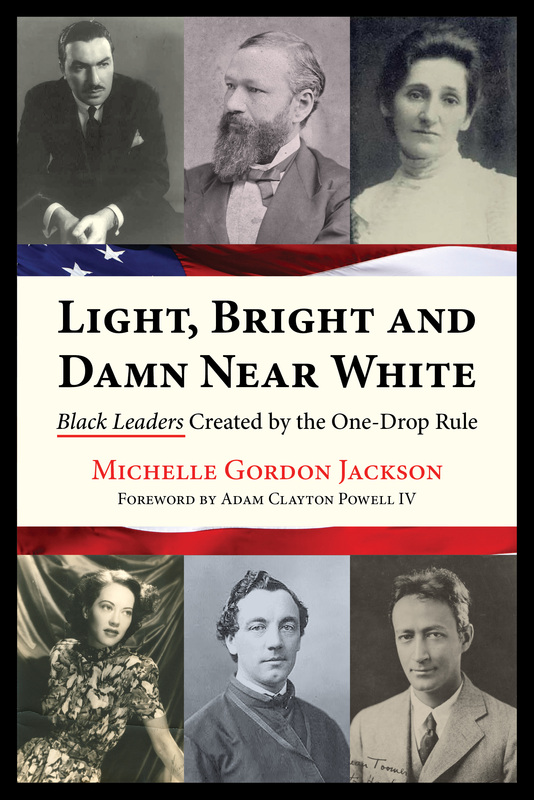Keeping Pictures, Keeping House: Harriet and Louisa Jacobs, Fanny Fern, and the Unverifiable History of Seeing the Mulatta
ESQ: A Journal of the American Renaissance
Volume 59, Number 2, 2013 (No. 231 O.S.)
pages 262-290
DOI: 10.1353/esq.2013.0022
Michael A. Chaney, Associate Professor of English
Dartmouth College

Daguerreotype of Louise Jacobs. From the Fanny Fern and Ethel Parton Papers, 1805-1982, courtesy of the Sophia Smith Collection, Smith College.
Tucked away in Box Three, Folder Thirteen of the Fanny Fern papers held at Smith College is a daguerreotype of a subject officially designated as an unidentified woman. The represented figure does not stand out among the dozen or so other daguerreotypes in the collection. If, as Shawn Michelle Smith has argued, nineteenth-century “photography was used to locate individual bodies within a genealogy of familial hereditary traits and racial characteristics,” this image works post facto to produce a similar effect. Little distinguishes the faded propriety of this young woman seated in an anonymous interior from the other girls in Fern’s collection, such as her daughters Grace and Ellen Eldredge. What does distinguish the photograph, beyond its contents, is the oddity of its existence in the collection. The fact that there is a stray photo at all is curious in a collection so selectively devoted to so few subjects. Indeed, Grace Eldredge alone accounts for nearly half of the dozen subjects pictured, while her father Charles (Fern’s first husband) accounts for three.
A note in the finding aid identifies the sitter as Louisa Jacobs, Harriet Jacobs’s quadroon daughter. That the subject could be Louisa is supported by certain historical “facts” —Jacobs and her white-looking daughter spent time in Fern’s household. But on the other side of this notion of history as a set of verifiable facts is the regime of affect and feeling that surrounds the mulatta, a fascination that pervaded nineteenth-century American culture and the literature it produced. It is only with reluctance while scrutinizing the unidentifiable young woman that one dispels that urge so often discussed in nineteenth-century tragic mulatta narratives to discern traces of African heritage. Putting aside the possibilities that this is not a picture of Jacobs, we are still left to wonder what secret intimacy warrants the inclusion of this unidentified woman in such a closed gallery. As intertext, the image provides a different type of evidence—a suggestive form of evidence—for the rhetorical and psycho-social, if not historical, actualities that circumscribe Fern and Jacobs. These actualities cohere within a discourse of domesticity and the enclosed scenes that that discourse entails, which play out in gaps and silences behind history’s closed doors.
We need not confirm the identity of the photographed subject in order to use the association of sitter and image as an occasion to interrogate the bonds of affiliation that connect Harriet and Louisa Jacobs to Fanny Fern (a.k.a. Sara Willis). It is the burden of this essay to take up these speculations. The method behind such speculation requires a form of “creative hearing” that William L. Andrews advocates for reading slave narratives. To dwell in the seams, gaps, and cuts—those unspeakable or unknowable blind spots that frame the image—it is necessary that we employ a mode of creative seeing. As with Andrews’s formulation, what is seen is less a fiction invented by the critic than a textual provocation—a call to which we are solicited to respond. Accordingly, as we dwell in the fold where the material and the speculative collapse, possibilities emerge for rethinking sentimentalism and its attendant scripts of race, gender, authorship, and domestic labor.
Creative Seeing: An Analysis of the Unverifiable Photograph
The unidentified daguerreotype exists at the threshold of the speculative and the material. To explain, let us begin with the material dimension of the image, which is the same for any daguerreotype. The material daguerreotype is an artifact of a densely contextualized historical archive, in this case, one that subtends the life of Fanny Fern, her family and private life as well as her literary career as a connoisseur of affect. The speculative dimension of the image, which we shall employ in our creative seeing, derives from the conditions of possibility that enclose the subject. We can never know if this is indeed a photograph of Louisa Jacobs; nevertheless, clues in the archive invite speculation beyond the facts supported by conventional approaches to biographical evidence. Indeed…


